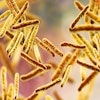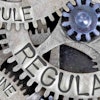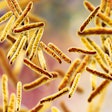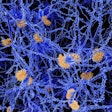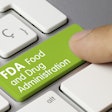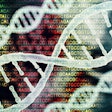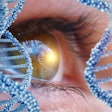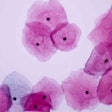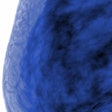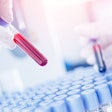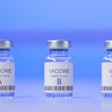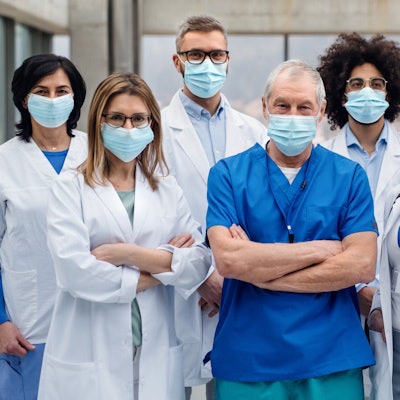
Contradictory messages over the best methods to limit the spread of SARS-CoV-2 have been shared with the public in past months. This has prompted scientists to explore the effectiveness of certain measures such as wearing masks and the mechanisms behind transmission of the virus.
The White House on April 3 issued guidance recommending that Americans wear face coverings to prevent infection with the SARS-CoV-2 virus but recommended that they wear "nonmedical cloth" coverings due to a shortage of surgical and N95 masks.
But do cotton face coverings actually work? And why does SARS-CoV-2 seem to be spread so quickly? Several recently published articles have examined the issue.
Why is COVID-19 so transmissible?
In an article published in the Annals of Internal Medicine on April 6, Dr. Seongman Bae and colleagues from South Korea used a simple coughing test where four patients with COVID-19 coughed five times each into a petri dish while wearing different types of face coverings: no mask, surgical mask, cotton mask, and then again with no mask.
The mask surfaces were swabbed and SARS-CoV-2 particles were detected on all surfaces. This finding suggests that masks may not be an effective way to control the spread of COVID-19.
In another paper published in Aerosol Science and Technology on April 3, a research group from the University of California, Davis suggests that aerosolized particles transmit the infection by normal speech in presymptomatic or asymptomatic individuals. Indeed, 86% of infections in Wuhan, China, prior to the implementation of travel restrictions were individuals with limited or no symptoms and were thus never tested.
The group, led by Sima Asadi, considered the possibility that SARS-CoV-2 was spread by airborne transmission that requires no physical contact between infected or susceptible individuals. Early public health messages have focused on the importance of washing hands thoroughly and often. But less attention has been focused on aerosol transmission, despite the important role it may play in COVID-19 transmission.
The half-life of SARS-CoV-2 in the air is over one hour, and several researchers conclude that the virus could remain infectious in aerosols for hours and on surfaces up to days. Particles can be dispersed via a sneeze or cough, which can lodge "droplet sprays" of virus-laden respiratory tract fluid directly on susceptible individuals.
Alternatively, susceptible individuals can inhale microscopic aerosol particles that are tiny enough to remain airborne for hours. Therefore, asymptomatic or presymptomatic individuals do not have to cough or sneeze in order to spread airborne infectious particles.
Researchers suggest that normal breathing by presymptomatic or asymptomatic infected individuals can disperse particles that are sufficiently large to carry SARS-CoV-2 and that can be inhaled into the respiratory tract of a susceptible individual. Moreover, ordinary speech aerosolizes high volumes of respiratory particles.
"A ten-minute conversation with an infected, asymptomatic superemitter talking in a normal volume thus would yield an invisible 'cloud' of approximately 6,000 aerosol particles that could potentially be inhaled by the susceptible conversational partner or others in close proximity," the researchers noted in the paper.
Finally, a systematic review conducted by Jessica Bartoszko and colleagues from McMaster University in Canada showed that the use of N95 and medical masks does not increase viral respiratory infection. Therefore, they may provide a useful physical barrier in clinical settings to stop healthcare workers from touching their faces. The study was published in Influenza and Other Respiratory Viruses on April 4.
The questions that the scientists are asking underscore the need for strict social distancing measures in response to this respiratory disease. Collaborations between virologists, epidemiologists, aerosol scientists, and clinicians are necessary to understanding and combating COVID-19.
